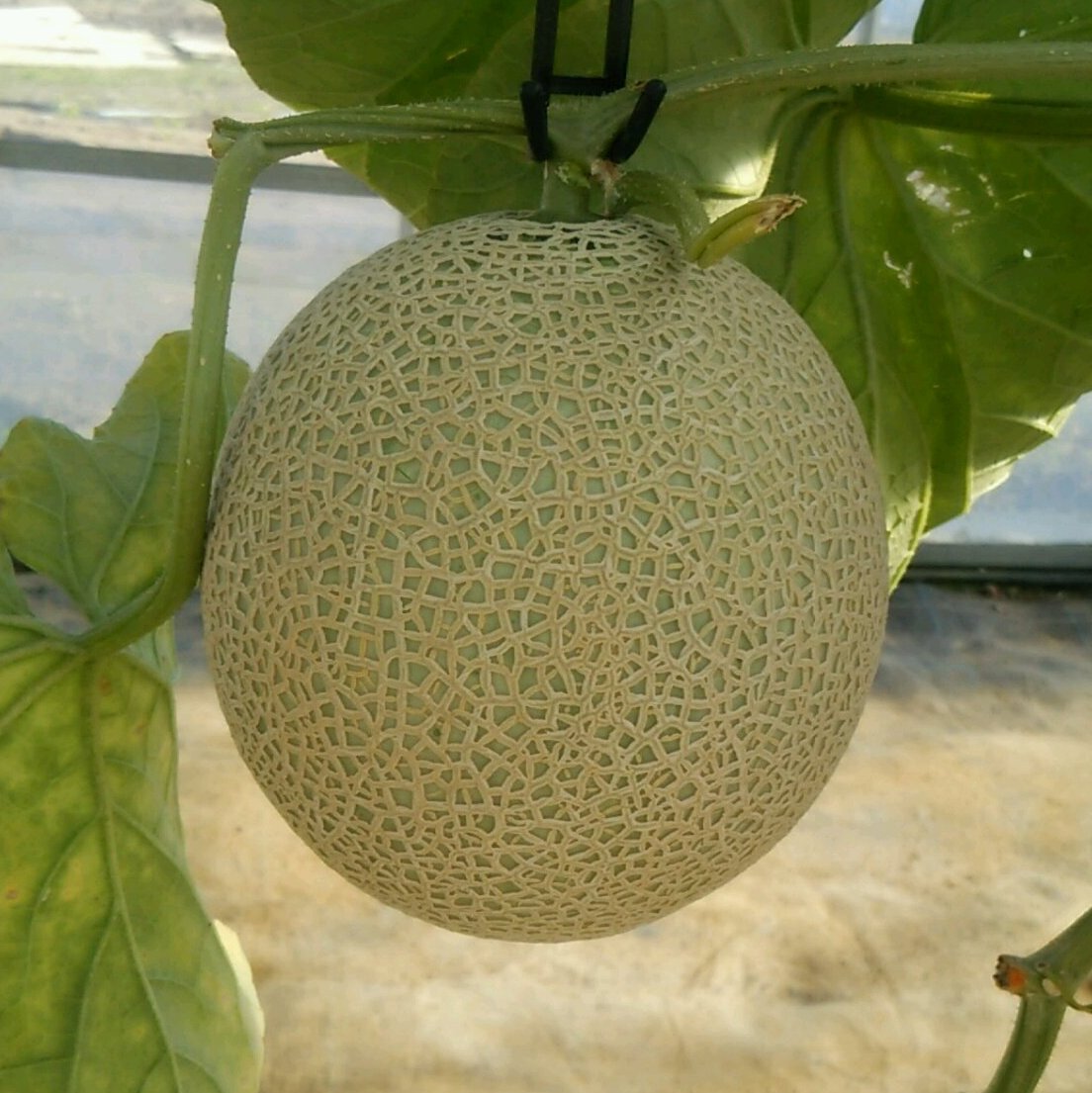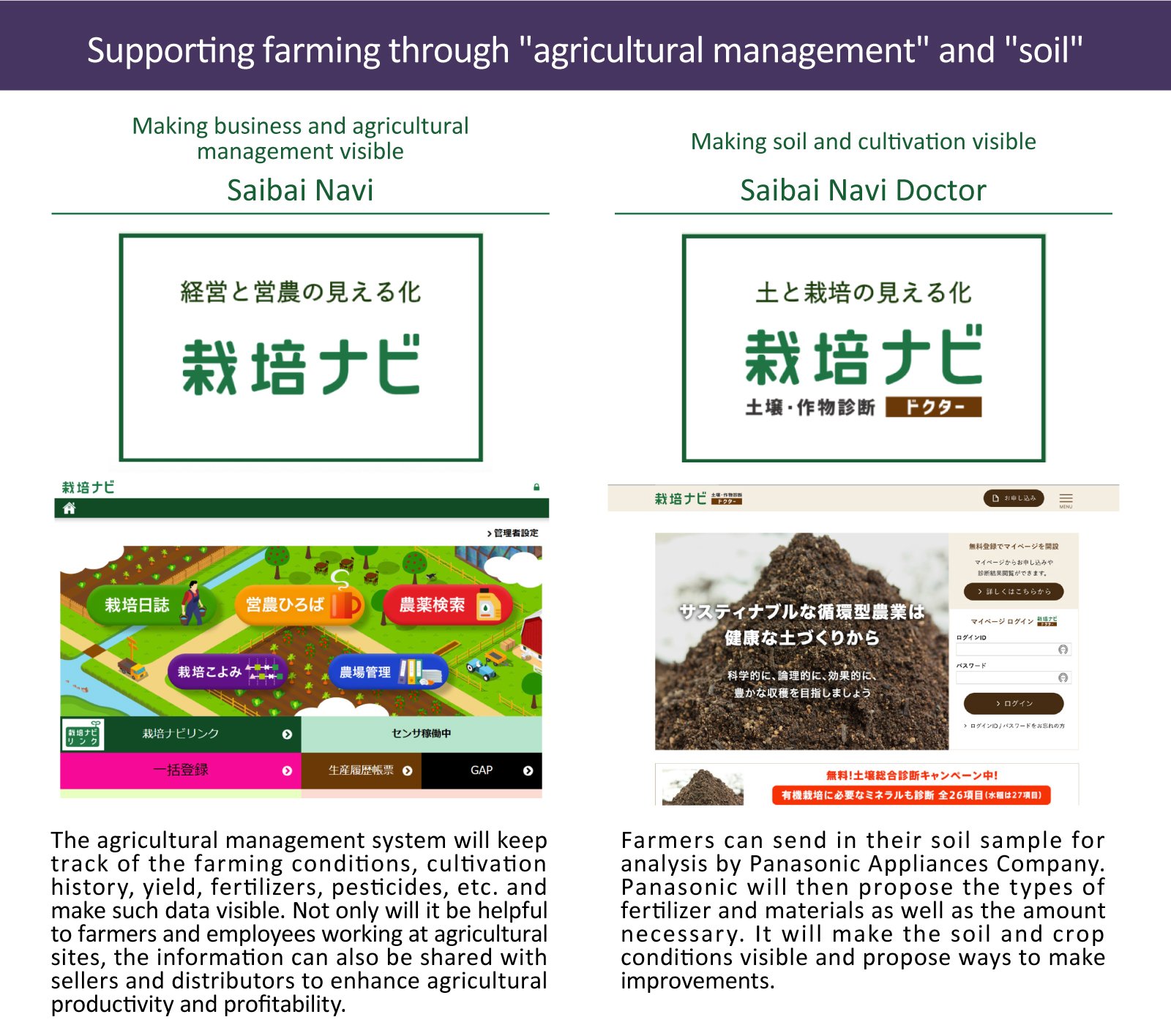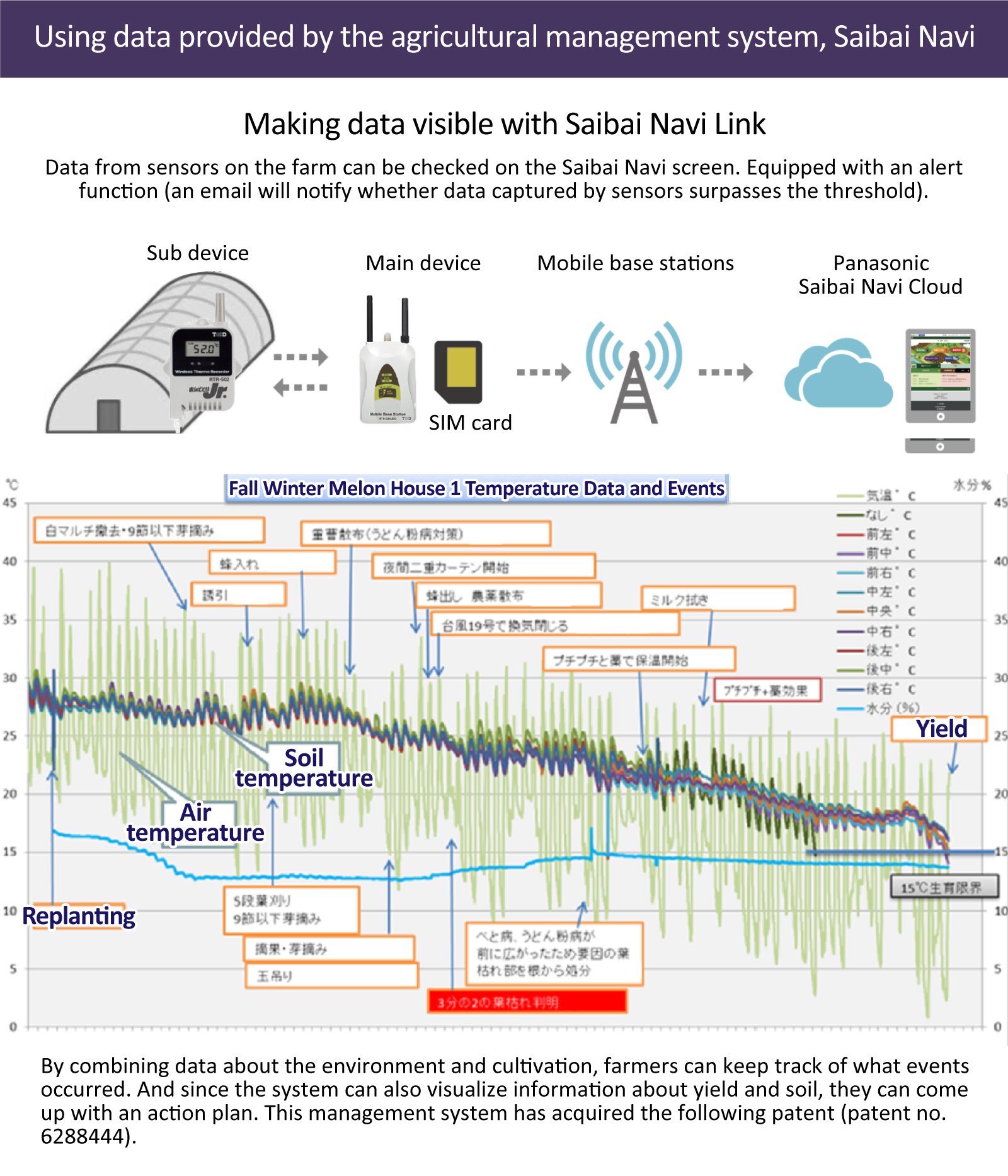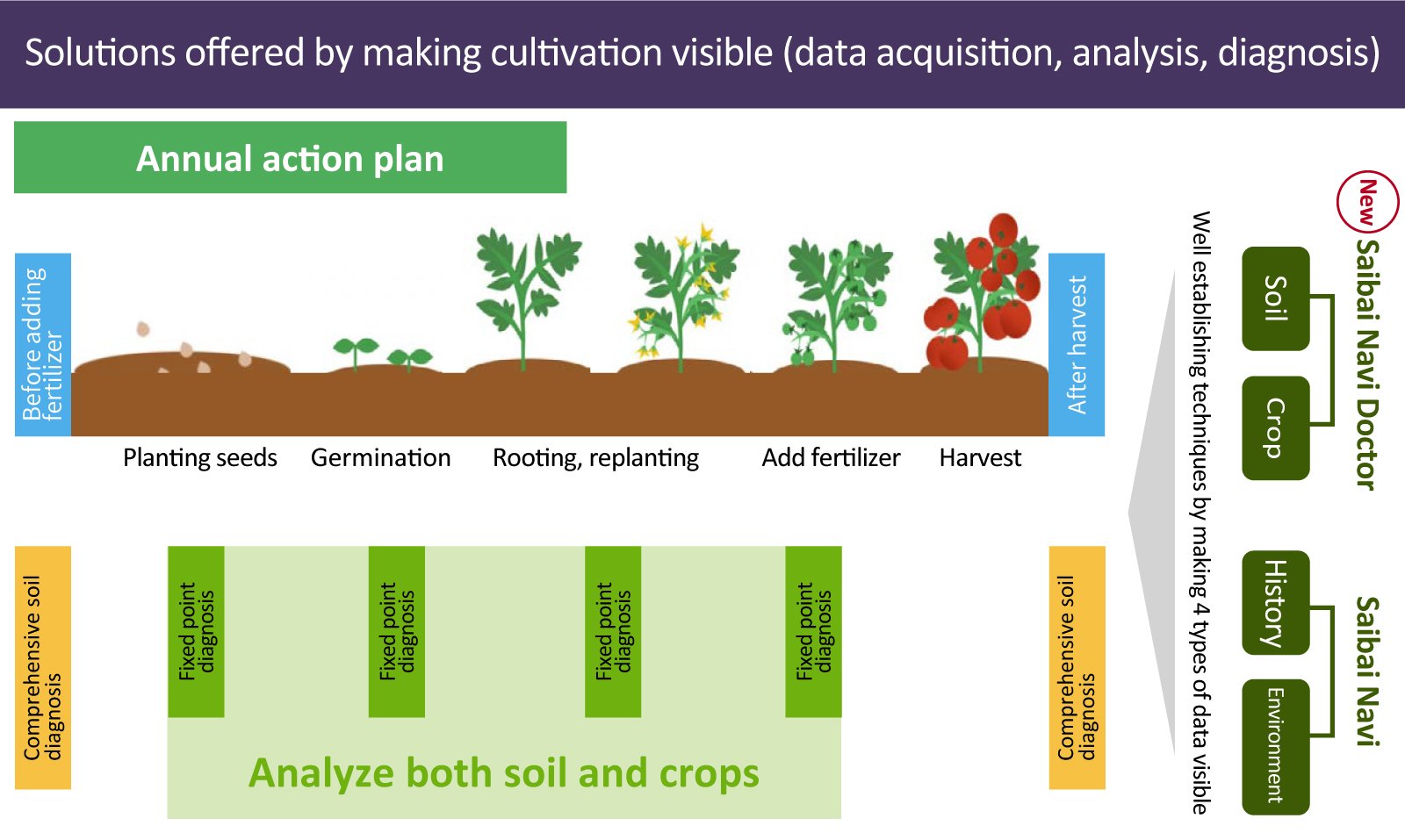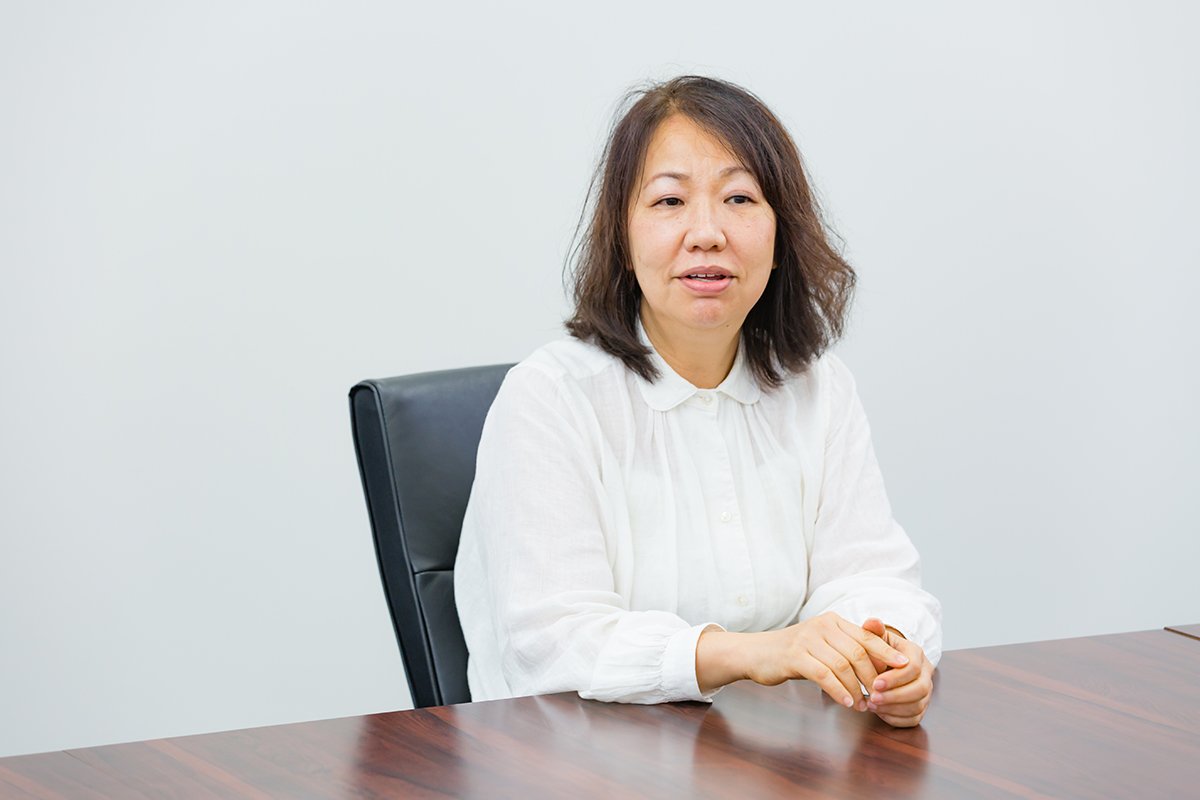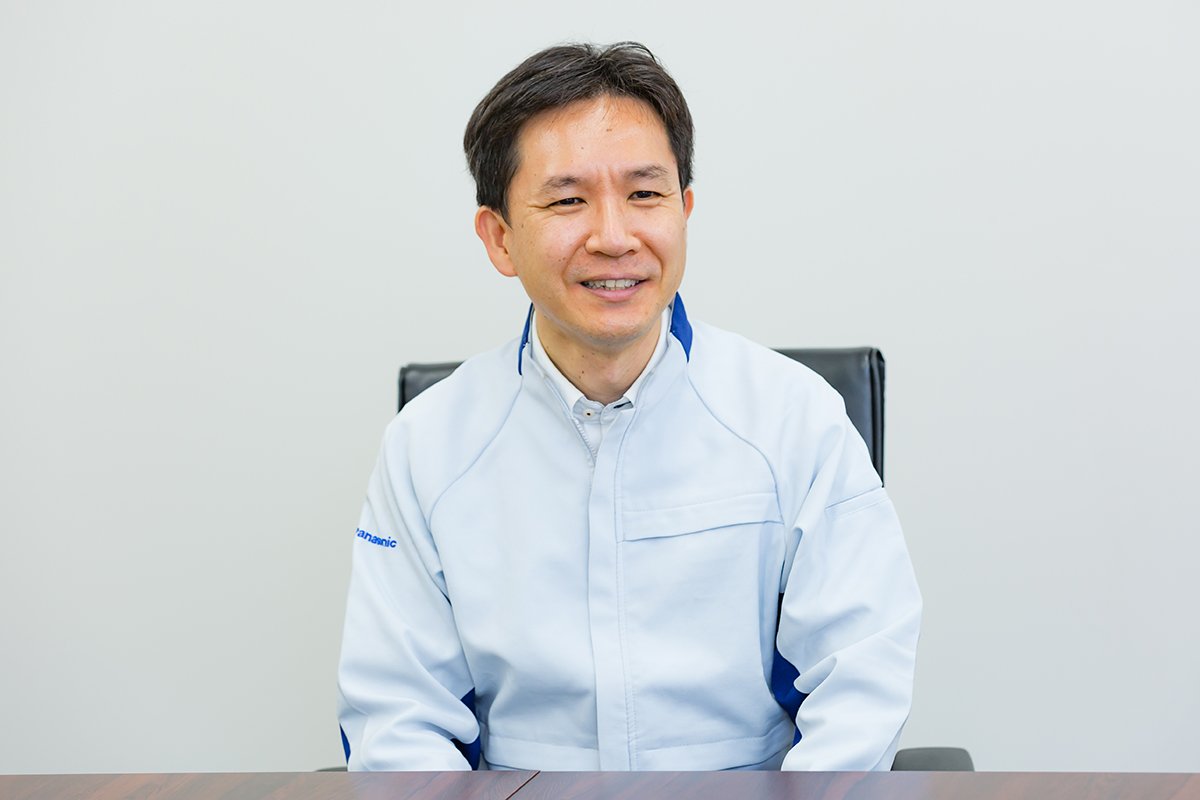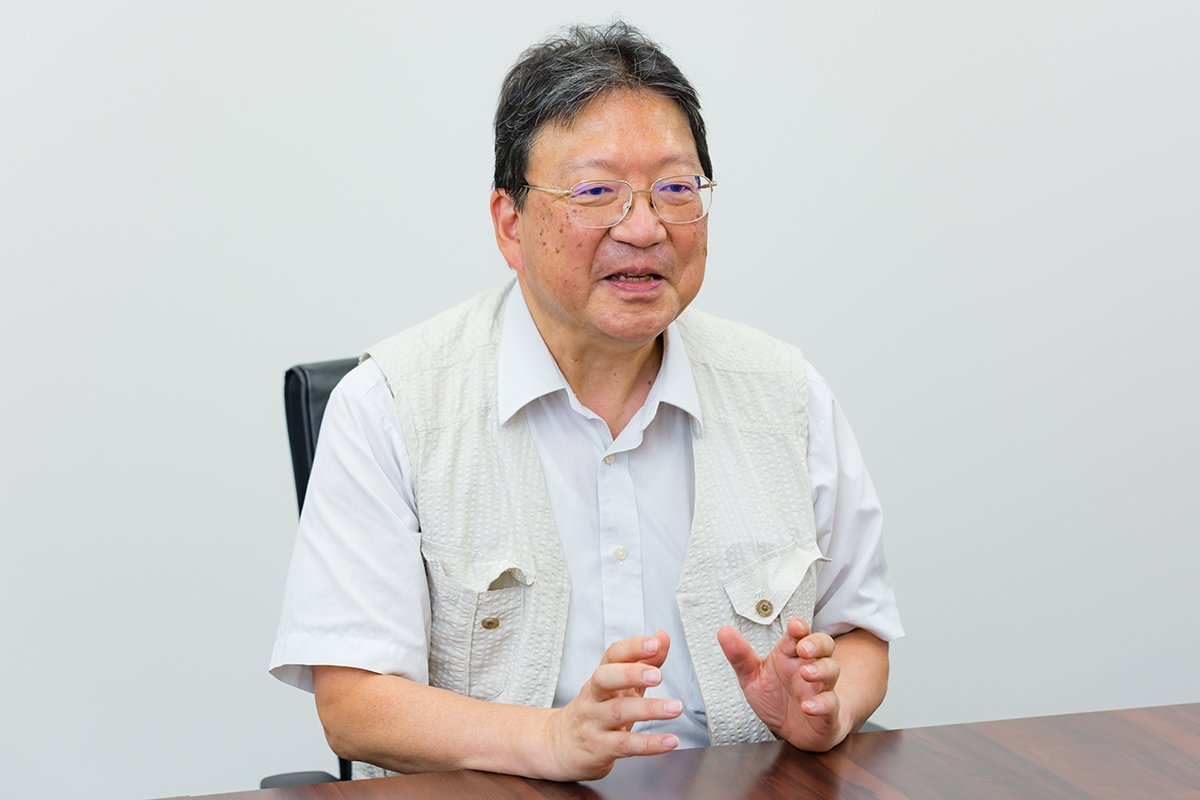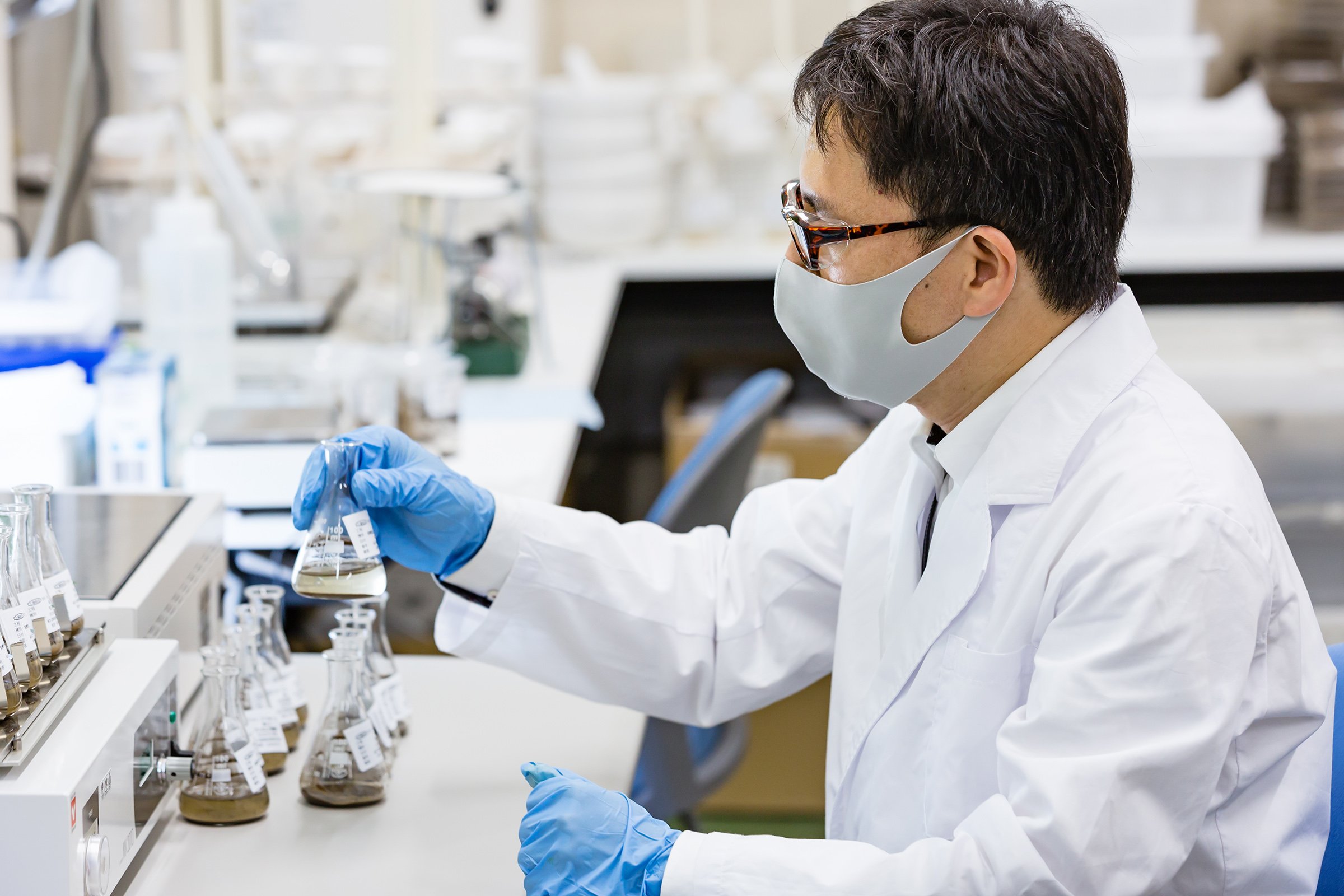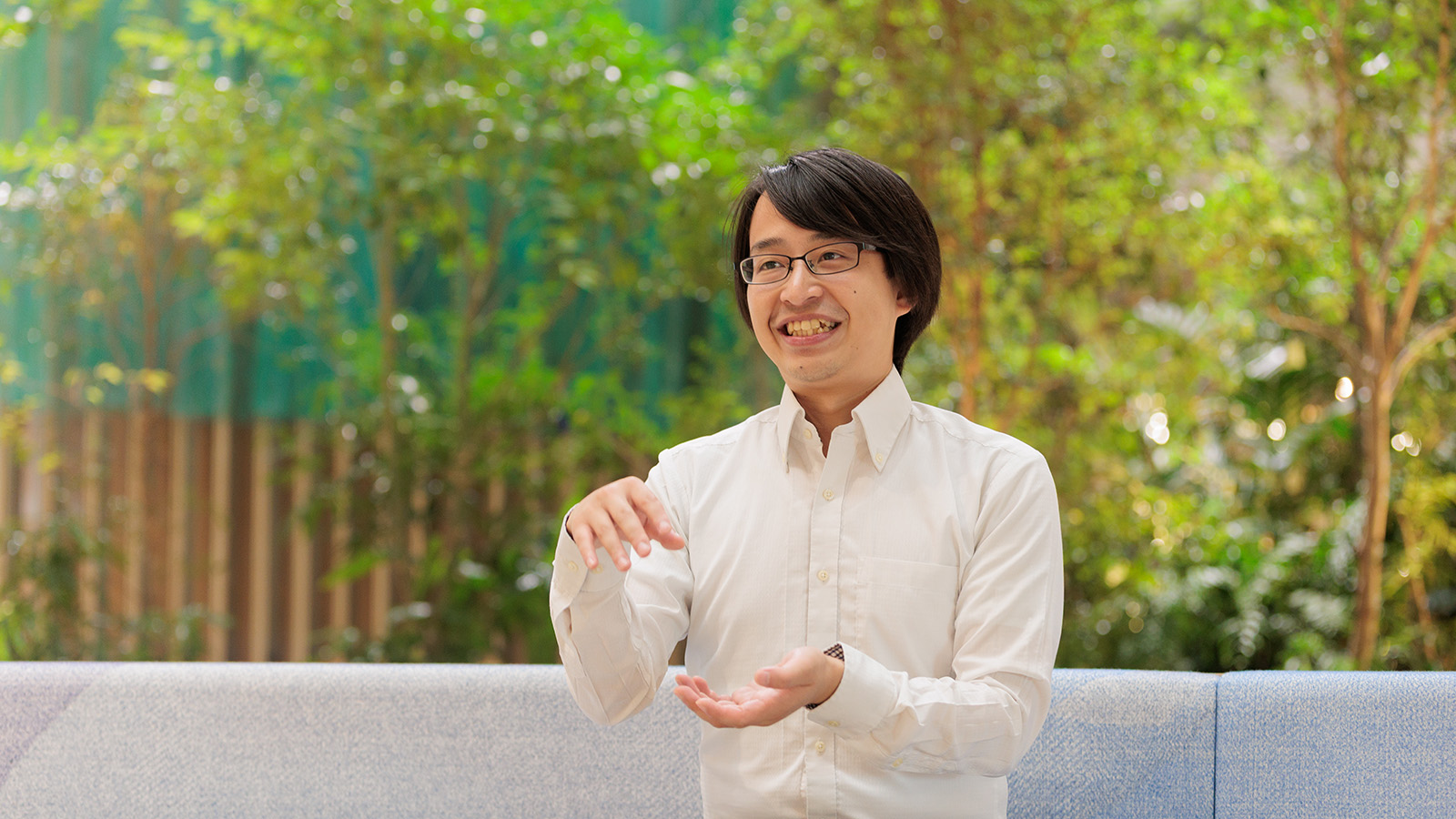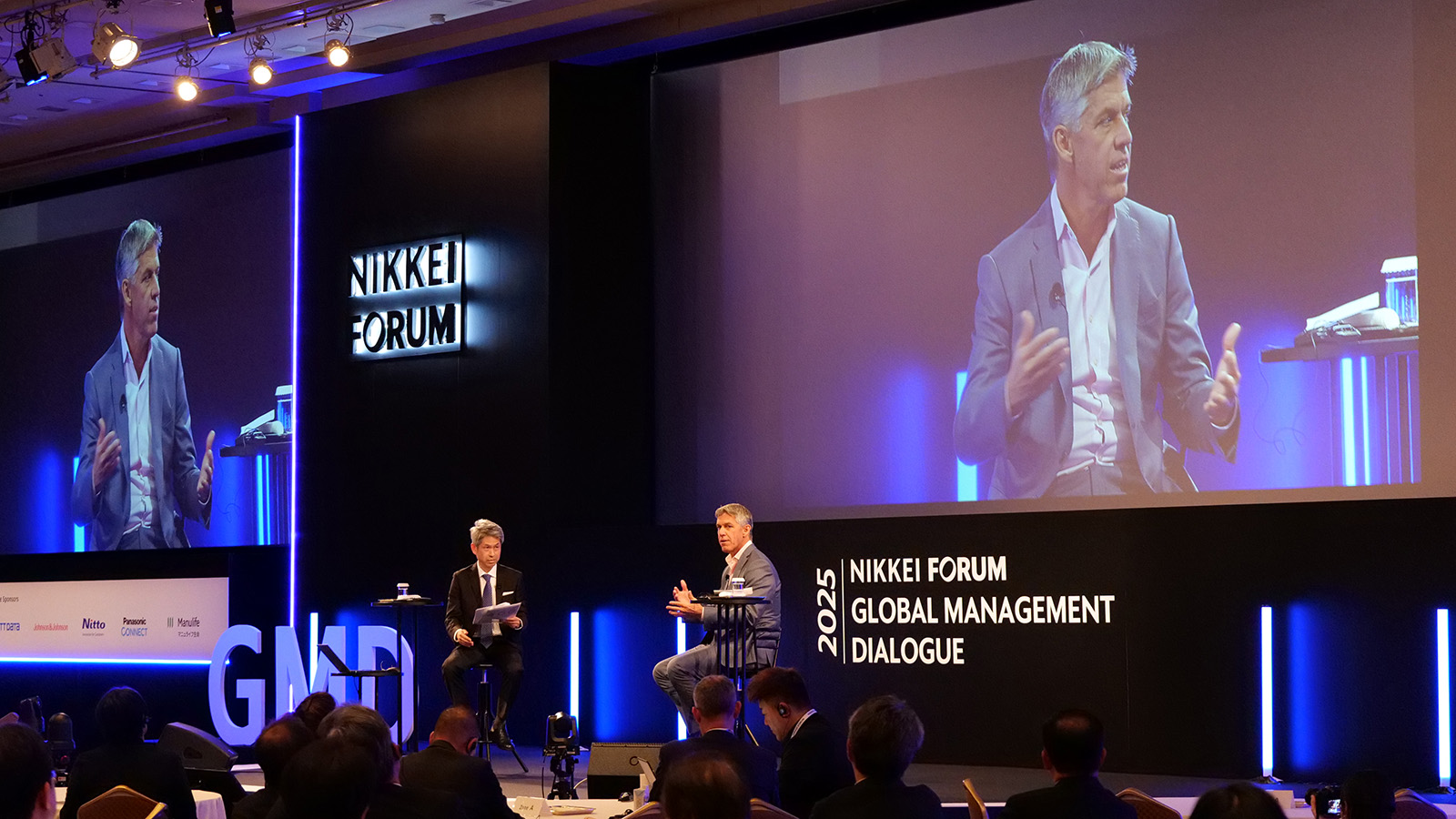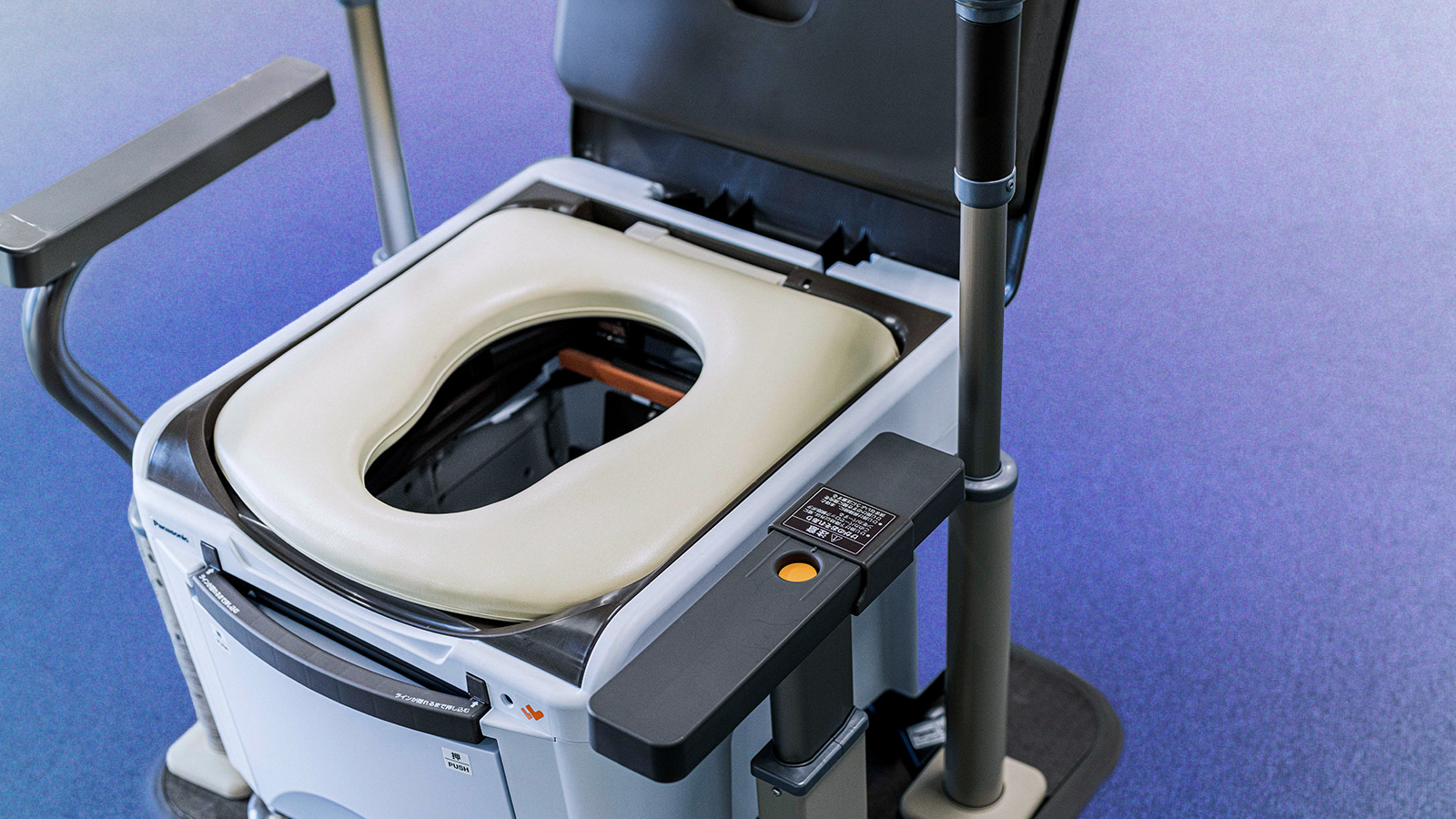
Expert farmers rely on their techniques, experience, and instinct honed over the years to grow exceptionally delicious rice, vegetables, and fruits. These techniques cannot be easily replicated by everyone. Only a handful of producers can strike a balance between high quality and high profits, and there is a steep barrier to entry for newcomers. To level the playing field, Panasonic Appliances Company has begun providing its proprietary ICT tools and soil and crop analysis service. The company's Business Development Center, Agriculture Business Project introduced its cloud-based agricultural management system, "Saibai Navi," in December 2016, and has established a track record since. Moreover, in May this year, Panasonic newly introduced its "Saibai Navi Doctor," a soil and crop analysis system that can also be effectively applied to organic farming. By making both cultivation and soil conditions visible, these services support producers with less experience and opens up new opportunities for farming.
Summary
- In 2016, Panasonic launched its cloud based agricultural management system, "Saibai (Cultivate) Navi," which has been building up a solid track record.
- In May 2020, Panasonic introduced its "Saibai Navi Doctor," a service that analyzes soil and crops and can also be effective for organic farming.
- It visually represents users' cultivation history, conditions such as air and soil temperatures, the condition of the soil, and how the harvest turned out. It also analyzes the data to help users improve their cultivation techniques.
- More and more producers have seen a dramatic improvement in both quality and yield.
Saibai Navi supports agricultural management and Saibai Navi Doctor helps create ideal soil conditions
Farmers are growing older, so producers and arable land continue to rapidly decrease in Japan. In recent years, the situation has improved some with companies and young producers entering the scene, but when we look at the statistics, agriculture as an industry is on a downward trajectory. Measures need to be implemented, but there is hope that smart farming which utilizes cutting-edge technologies will put a stop to this trend.
Large-scale farmers and strongly motivated young farmers have begun to utilize various tools and technologies such as agricultural management systems and tools utilizing ICT and IoT, highly functional greenhouses, plant factories, and automation made possible by robotic farming equipment. If these solutions become more widespread and universal, perhaps agriculture in Japan will be able to reverse its downward trend. Furthermore, barrier to entry would be lower and principles of competition should start to kick in. And when that happens, agriculture, a declining industry, may get a new lease on life.
Amid such conditions, what is drawing much attention from people in the agricultural industry is Panasonic Appliances Company's Saibai Navi Service. The Panasonic Appliances Company, Business Development Center, Agriculture Business Project has become deeply involved in agriculture since 2013 and has had success in analyzing and growing vegetables and fruits difficult to grow in certain seasons such as "melons in the winter without additional heat" and "spinach in the summer" by utilizing data such as those gathered by sensors.
Melons come into season in the summer, but by using Saibai Navi, some regions are now able to grow melon in the winter. Utilizing sensors, the system makes the air and soil temperatures visible. Panasonic manages the environment to ensure that temperatures optimal for growth is maintained at all times, reexamined cultivation methods, and developed means to stably cultivate melon without using energy for heating, thereby saving costs. Melons in the winter are just an example. Data and the same theory may be applied to other crops as well.
In addition, in May this year, Panasonic launched its soil and crop diagnostic service, Saibai Navi Doctor. Going forward, Panasonic will support farmers with its Saibai Navi and Saibai Navi Doctor services.
This diagram shows how the roles of Saibai Navi and Saibai Navi Doctor are divided. Saibai Navi, introduced in December 2016, is a cloud-based agricultural management system. By keeping track of various data, the solution will make cultivation and agricultural management visible. Saibai Navi Doctor is a service that diagnoses soil and crops to help farmers reduce agrochemicals, chemical fertilizers, and go organic. Panasonic analyzes the condition of the soil and crops and offers suggestions to help farmers create healthy soil, which is fundamental to farming.
Key objective of Saibai Navi is to make farming "visible"
The key objective of Saibai Navi and Saibai Navi Doctor is to make farming visible. Starting from the condition of the soil and extending to cultivation and business management, the two services make various agricultural processes visible. And based on this data, farmers can apply a PDCA model to make improvements. "Kaizen" or improvements made possible by enhanced visibility of the production process is something that Japanese manufacturers excel in, something that Panasonic, a manufacturing company representative of Japan, is particularly well-versed in.
Saibai Navi makes visible, records, and manages various data essential to crop cultivation such as soil and air temperatures and irrigation condition. Using this tool, farmers can keep track of the conditions under which they cultivated their land, the yield, fertilizer, and pesticides used and utilize that information to manage production and for agricultural management.
Farmers can add an option to Saibai Navi which will then capture data about air and soil temperatures of the farmland, how much sun it gets, etc. using different types of sensors, and they can check this data at any time and from anywhere as the measurements taken from sensors are sent via Wi-Fi to the Saibai Navi servers. Producers can use this data as well as the soil and crop conditions to analyze and apply the PDCA model to hone their farming techniques. Moreover, people who work on farms can share details about their work and other data on Saibai Navi, which can then serve as an operation manual for other employees. Moreover, the data can also be shared with distributors and food companies so it will become possible to control the yield based on fluctuating demand.
With Saibai Navi, producers can keep track of what tasks were performed and what has been happening to the crop. Sensors can also capture data on different conditions such as the air and soil temperatures and sunlight received, and the data can be stored on the cloud server via the Internet. The data will be made visible and sliced and diced from different angles and users can check to see what is going on from their PCs. The diagram below shows the fluctuations in soil and air temperatures, what is happening, and what tasks were performed in chronological order. Looking at the list, producers can easily surmise what is effective for crop quality and yield. It is a powerful tool for processing and analyzing data and for formulating the next steps.
Saibai Navi Doctor will make soil and crop conditions visible
Saibai Navi Doctor, on the other hand, will make soil and crop conditions visible for farmers wishing to reduce agrochemicals, chemical fertilizers, and go organic. Regardless of what kind of crop is being grown, what is fundamental to farming is "healthy soil." But it is also the most difficult part.
When you think of soil maestros, you may imagine someone who would place some soil in their mouth and say, "This is good soil," while nodding convincingly. But for many farmers, soil is like a black box. For most people, creating soil is like working in the dark. People are dying to know accurately what nutrients their soil contain. Someone who understands soil conditions correctly and can add the appropriate amount and type of fertilizers and nutrients at the optimal timing would indeed be a soil maestro.
Users can utilize this service simply by signing up to Saibai Navi Doctor and get: 1. a comprehensive diagnosis of their soil, 2. a fixed point diagnosis of their soil, and 3. a diagnosis about their crop. The service will not only diagnose the soil, but also crops, so in a sense, farmers can now have access to techniques of master farmers.
Soil analysis is not limited to the initial comprehensive analysis. Users can have their soil diagnosed at each stage of their cultivation. It is like a regular doctors' checkup. The first diagnosis is at the initial phases of soil creation, then when fertilizers and other nutrients are added, when seeds and nursery plants are planted, and at each phase of growth until crops are harvested. At each stage, producers can have both their soil and crop analyzed. With wet rice cultivation the soil and crop can be analyzed for 27 line items and for other crops, 26 line items may be analyzed.
In addition to analysis, users can receive advice optimal for each stage of cultivation. They simply have to add the specified amount of fertilizers and nutrients at the specified time. They no longer end up using too much, so they can also mitigate the impact on the surrounding environment. For farmers, who want to reduce agrichemicals and chemical fertilizers, who want to produce organically, it is a useful tool for honing their own cultivation techniques. So it is a very valuable tool and a reliable ally. Especially with respect to organic farming, minerals are very important, so it is not an exaggeration to say that knowledge about minerals will sway the outcome of the crop.
Users of Saibai Navi Doctor can have their soil and crops analyzed regularly. The analysis will make many aspects of their soil and crops visible. In addition to analysis, users can get advice about what kind of fertilizer and nutrients to add when. Users can set goals as to what kind of crops they want to grow and how, and in order to achieve those goals, they can apply the PDCA model to get nearer to their aspirations.
Well establishing techniques by applying the PDCA model
According to Michiko Arai from the Panasonic Appliances Company, who spearheads the Saibai Navi Project, the two services provide the following benefits.
"What is at the root of these services is the desire to produce delicious food. And through cultivation, we hope to bring to life sustainable, circular farming. To do so, data about both the soil and crops must be made visible and should be explained in a scientific, logical way. The data should then be stored and analyzed and a PDCA model applied. This, I believe, is the new way forward for agriculture. Saibai Navi will store and analyze various data on farming and help farmers improve their techniques and business management. Saibai Navi Doctor will diagnose both soil and crops and can help farmers take the necessary action at each stage. With these two services, we hope to support the future of agriculture."
Michiko Arai
Agriculture Business Project
Business Development Center
Appliances Company
Panasonic Corporation
Jun Shibata, who is in charge of soil analysis at Panasonic Appliances Company, described soil analysis as follows: "When possible, I visit the farm myself to see it with my own eyes and to get a feel for the challenges the producer is facing. It's not only about numbers. I hope to contribute to farming with science-backed facts and most up-to-date information."
Jun Shibata
Agriculture Business Project
Business Development Center
Appliances Company
Panasonic Corporation
And Takashi Kashimoto from the Agriculture Business Project is a soil advisor, who proposes the appropriate type fertilizers and nutrients based on the results of the soil analysis. Mr. Kashimoto became involved in the "Saibai Navi" project because "To manufacture means 'to cultivate.' Providing good crops (food) with good soil (environment) and good cultivation has helped the Japanese economy develop, enriched people's lives, and has helped people stay healthy."
Takashi Kashimoto
Agriculture Business Project
Business Development Center
Appliances Company
Panasonic Corporation
"What sets our analysis service apart from the rest is that users can set goals and decide on cultivation methods that would help them achieve those goals. For example, the yield may have improved but the PDCA model may be applied to further enhance the flavor. It's not simply an analysis. What is noteworthy about this service is that users can establish techniques that will help them achieve their goals," explained Ms. Arai.
Ms. Arai went onto say, "Currently, unlike experienced, adept farmers, many newcomers to farming are having difficulties. Especially in recent years, the climate changes dramatically, so this is true even more so. Traditional cultivation techniques are not enough to cope. Even if you are new on the scene, by utilizing the data made available by the service, you could produce excellent crops. This is rather necessary, or else the population of new farmers won't increase."
- Reproduced from the website "Mirai-kotohajime," by courtesy of Nikkei Business Publications, Inc.
# # #
- Disclaimer:
- We would like to note that Panasonic Newsroom is not a place to address personal Customer Service issues. Even though this is not the forum, Panasonic is always eager to resolve your concerns. Our local customer services contacts can be found at Global Support or you can see our list of Social Media Accounts to find the right channel for your queries and concerns.

